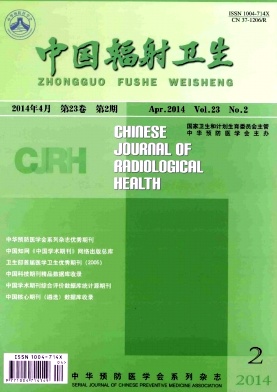LI Wan-hu, HU Xu-dong, XU Liang, YANG Hui, CUI Yong-chun, ZHANG Bo, ZHU Yu-fang, LI Quan-tai, LI Jie-qing
Objective To analyze the value of 1H-MRS in differentiating pseudoprogression and recurrence of malignant glioma after surgery and/or radiotherapy. Methods 26 patients with malignant glioma who had undergone surgery and/or radiotherapy and suspected to have tumor progression clinically were enrolled in this study. All patients underwent 1H-MRS examination. The sensitivity, specificity, accuracy, PPV and NPV of contrast-enhanced MR scanning and 1H-MRS were calculated by taking the result of pathologic examination or clinical follow-up as reference standard. The inter-group comparison was performed by using t test and a P value less than 0.05. P < 0.05 was considered statistically significant. Results 12 patients out of the total 26 patients had tumor recurrence. The difference of Cho/Cr, Cho/NAA and NAA/Cr ratio was all statistically significant. Taking 2.5 as the cut-off point for Cho/Cr, the sensitivity, specificity and accuracy were 100%, 92.9% and 96.2% respectively. Taking 3.42 as the cut-off point for Cho/NAA, the sensitivity, and specificity were 66.7% and 92.9% respectively. The group of tumor pseudoprogression had a greater NAA/Cr ratio than the group of tumor recurrence. Taking 1.97 as the cut-off point for NAA/Cr, the sensitivity and specificity were 92.9% and 100% respectively. Conclusion 1H-MRS helps to differentiate tumor pseudoprogression and recurrence of malignant glioma after surgery and/or radiotherapy.

